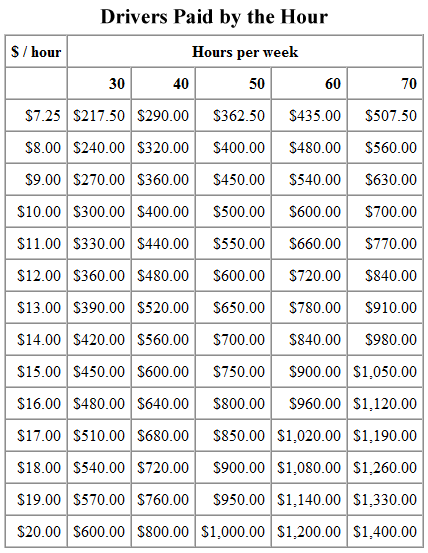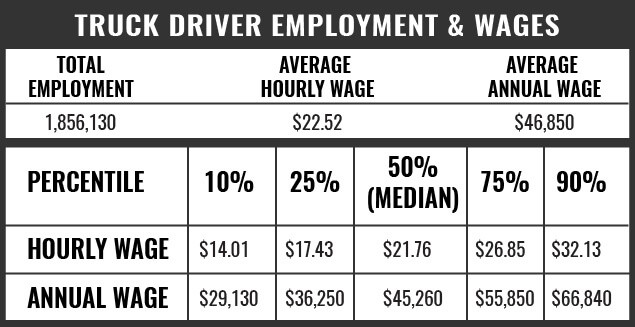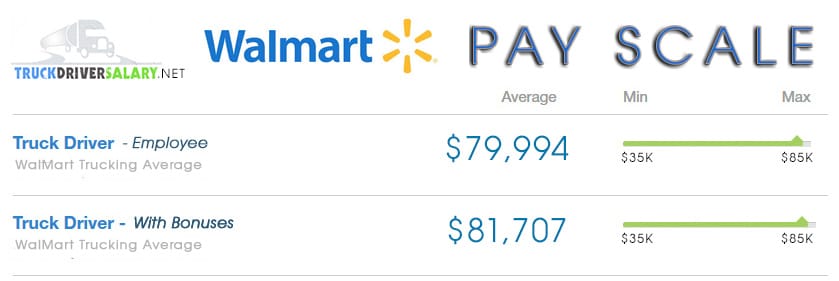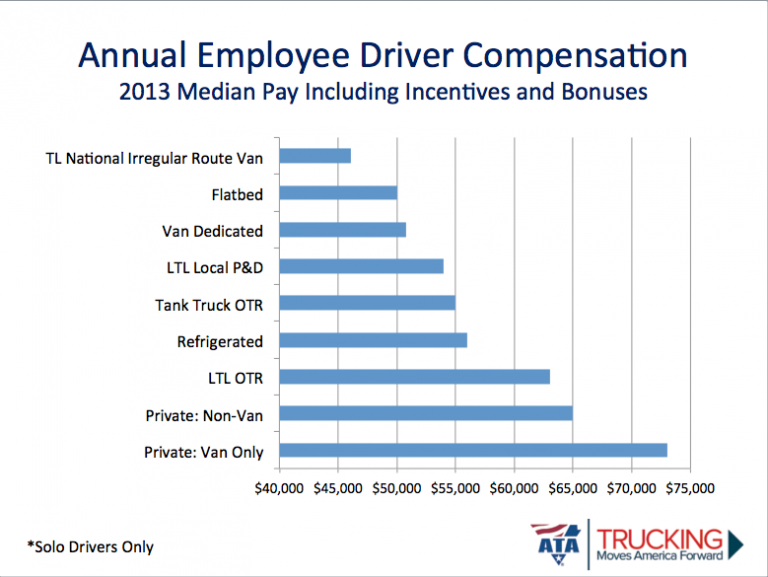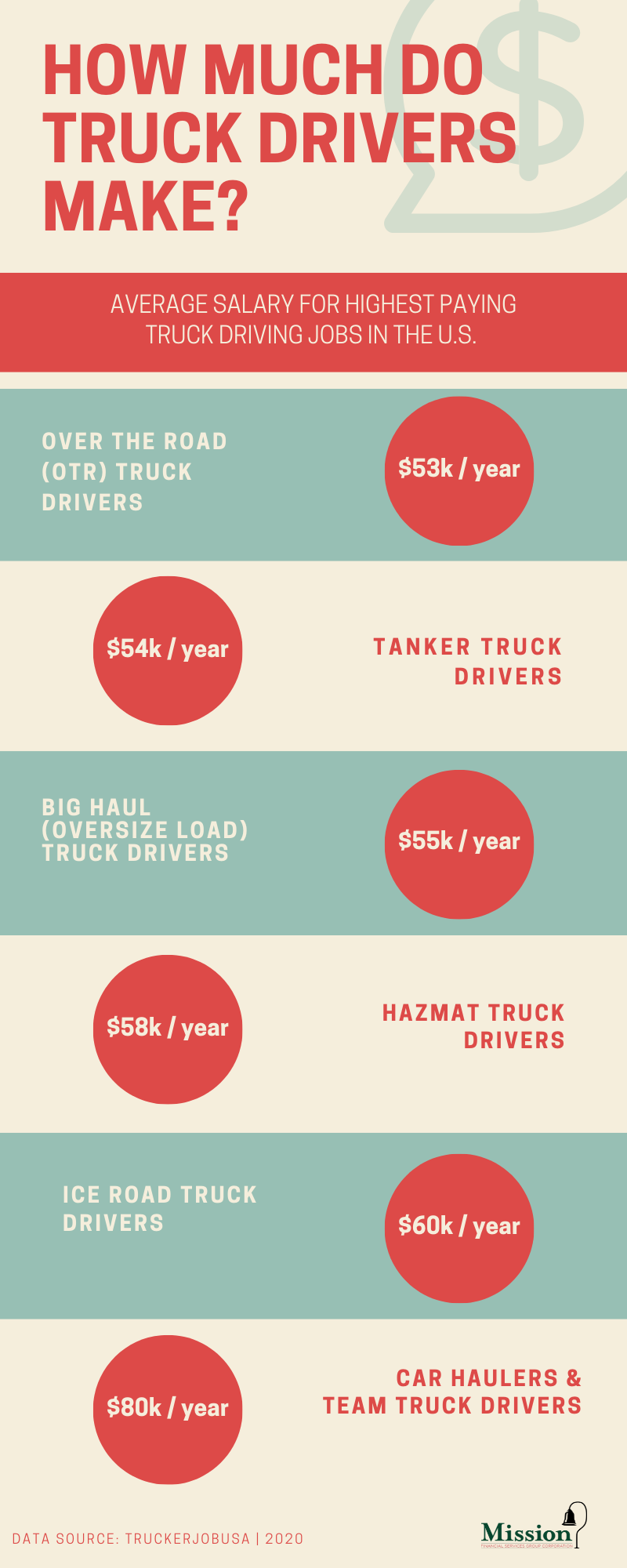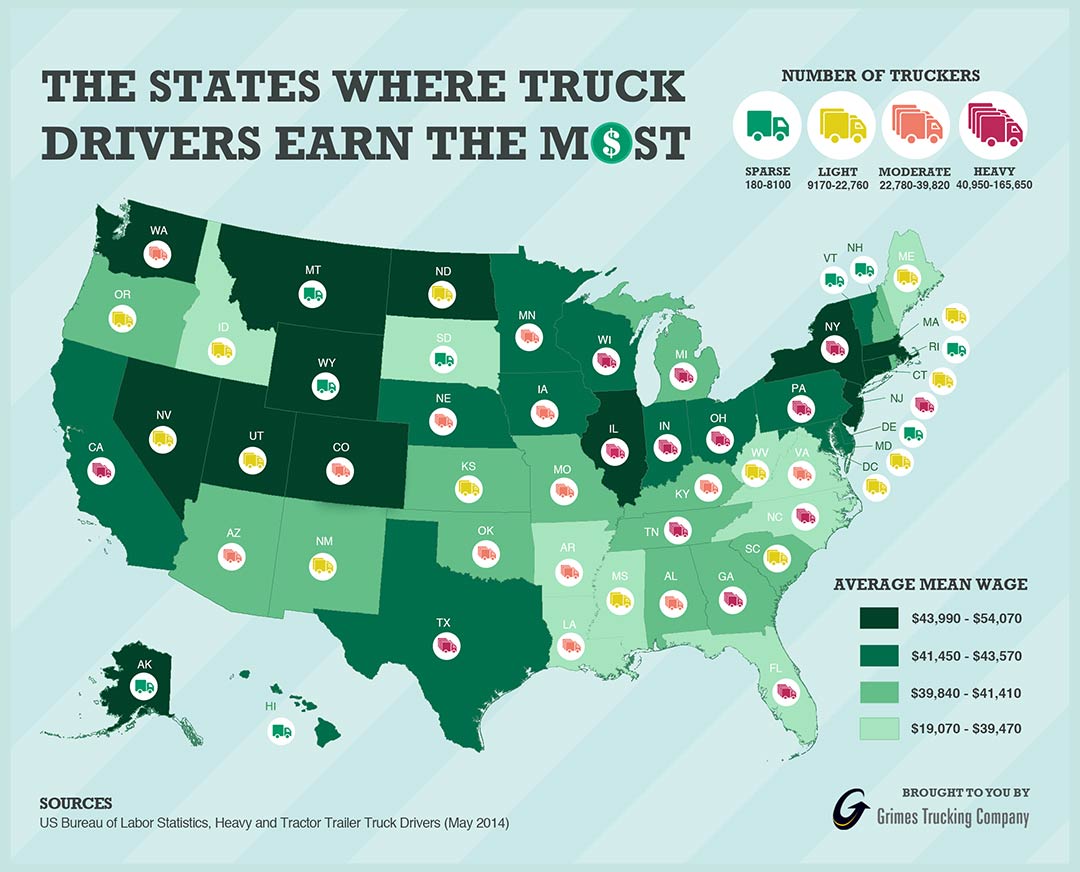How Much Can A Truck Driver Make A Week
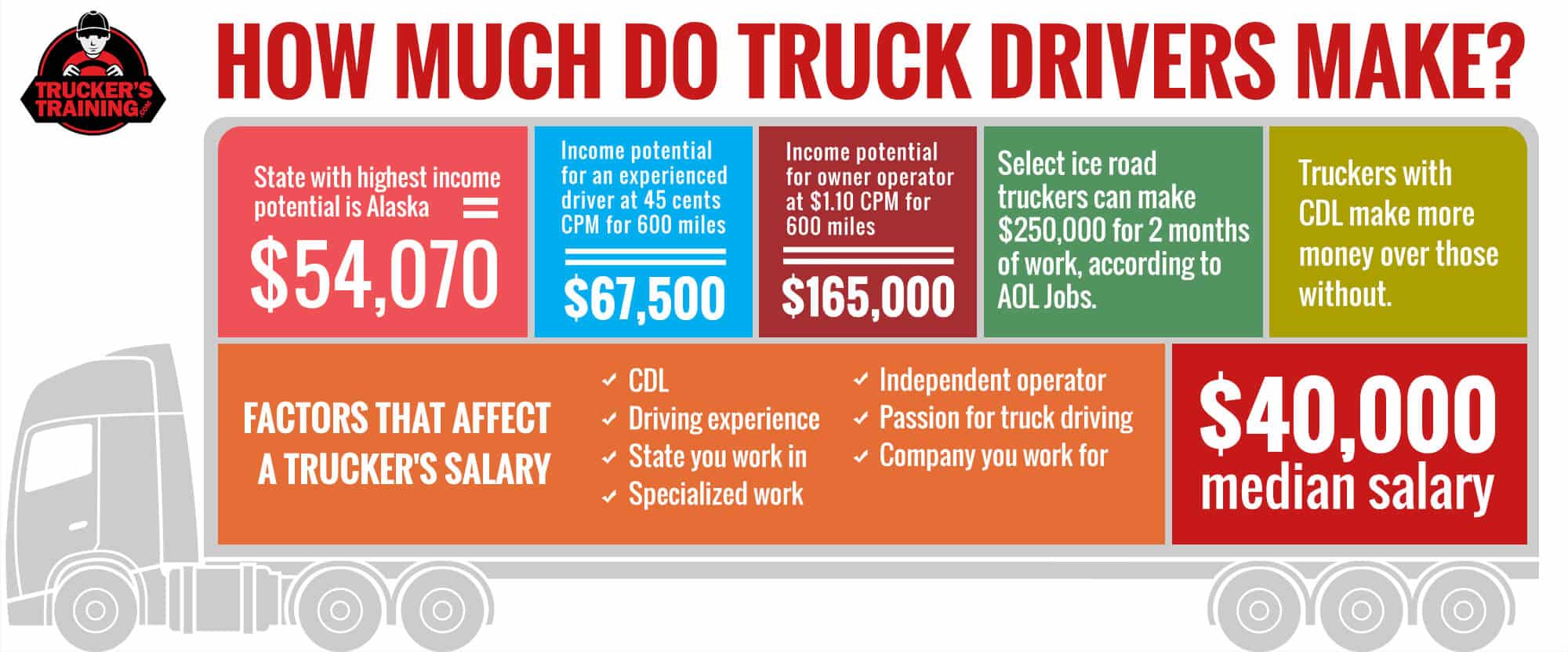
The weekly earnings of truck drivers are a subject of considerable interest, particularly given ongoing supply chain dynamics and driver shortages. Understanding the factors influencing these earnings provides valuable insight for those considering a career in trucking and for stakeholders monitoring the transportation industry.
At the core of this discussion is the question: How much can a truck driver realistically expect to earn in a week? The answer, as this article will explore, is multifaceted and depends on experience, type of haul, location, and employment arrangement.
According to recent data from the Bureau of Labor Statistics (BLS), the median annual wage for heavy and tractor-trailer truck drivers was $50,330 in May 2023. This translates to a weekly wage of approximately $968 before taxes and other deductions. However, this figure represents a median and doesn't capture the full range of potential earnings.
Factors Influencing Weekly Truck Driver Pay
Experience and Seniority
Entry-level drivers typically earn less than their more experienced counterparts. As drivers accumulate years on the road, their earning potential often increases due to higher demand for their services and the opportunity to take on more lucrative routes or specialized hauls.
Companies often reward experience with higher mileage rates or bonuses. This incentivizes drivers to stay with a company long-term and build their skills.
Type of Haul
The type of freight a driver transports significantly impacts their pay. Drivers hauling specialized cargo, such as hazardous materials or oversized loads, generally earn more due to the increased risk and expertise required.
Refrigerated (reefer) and flatbed hauls also tend to command higher rates than standard dry van freight. The demand for these specialized services often justifies the premium pay.
Location and Region
Geographic location plays a crucial role in determining weekly earnings. Drivers operating in regions with high freight demand and limited driver supply, such as the West Coast or certain areas in the Northeast, may earn more.
Cost of living also influences pay rates. Areas with higher living expenses often offer higher wages to attract and retain drivers.
Employment Arrangement
Drivers can be company employees or independent owner-operators. Company drivers typically receive a fixed wage or salary, plus benefits such as health insurance and paid time off.
Owner-operators, on the other hand, are responsible for all operating expenses, including fuel, maintenance, and insurance, but they also have the potential to earn significantly more. However, their net earnings are heavily dependent on their ability to manage costs effectively and secure profitable loads.
Indeed.com reports that the average salary for a truck driver in the United States is $79,676 per year, indicating that some drivers can exceed the median reported by the BLS.
The Impact of the Driver Shortage
The ongoing driver shortage has put upward pressure on wages in recent years. Companies are increasingly offering higher pay and bonuses to attract and retain qualified drivers.
This shortage is driven by several factors, including an aging workforce, stringent regulations, and the demanding nature of the job. As a result, drivers are in high demand, giving them more leverage to negotiate better pay and benefits.
The American Trucking Associations (ATA) has been vocal about the need to address the driver shortage through various initiatives, including promoting trucking as a viable career path and advocating for policies that improve driver working conditions.
In conclusion, a truck driver's weekly earnings vary widely based on several factors. While the median weekly wage is around $968, experienced drivers hauling specialized freight in high-demand regions can earn significantly more. The driver shortage continues to influence the market, potentially leading to increased earning potential for qualified individuals entering or remaining in the trucking industry.
